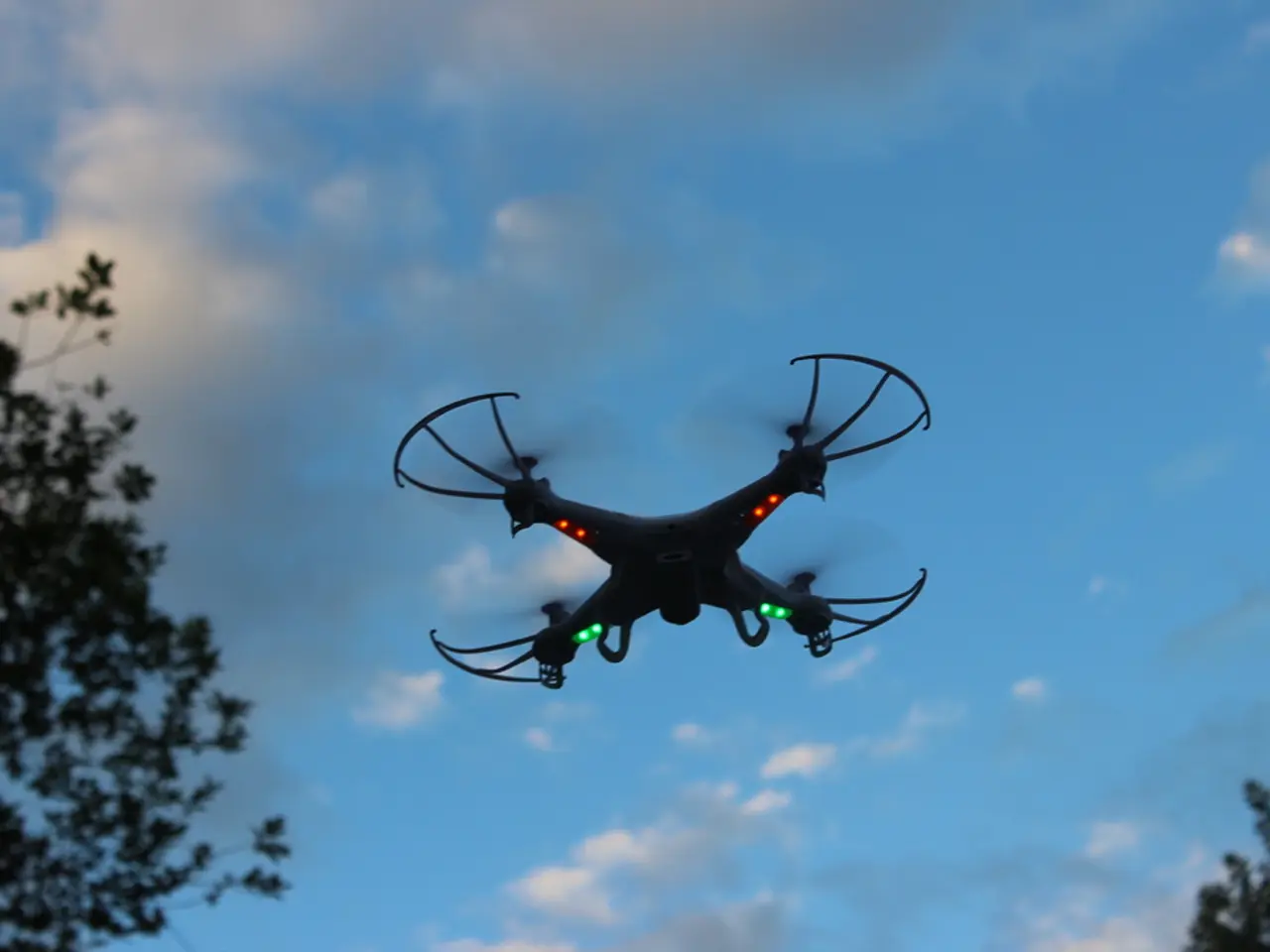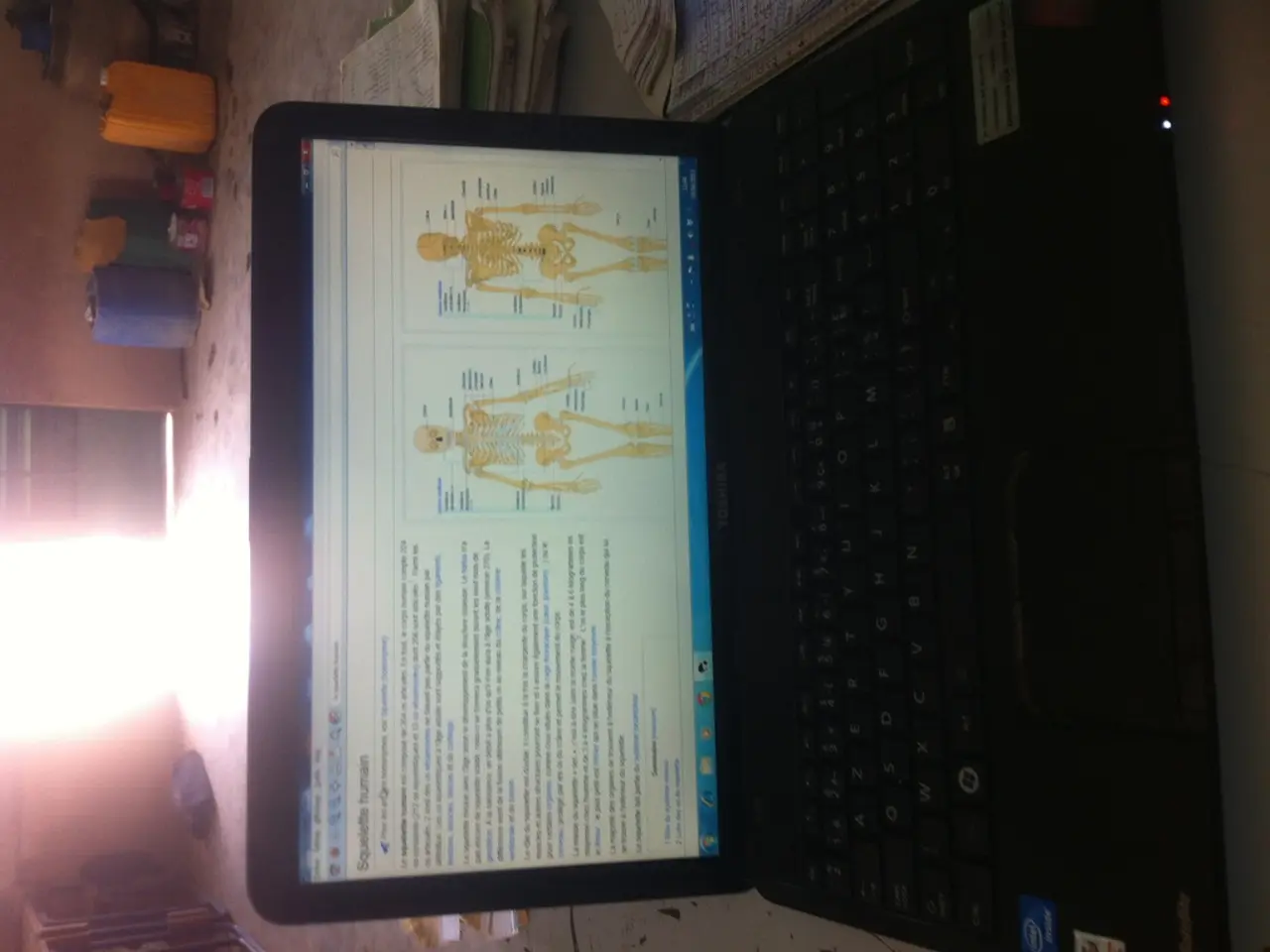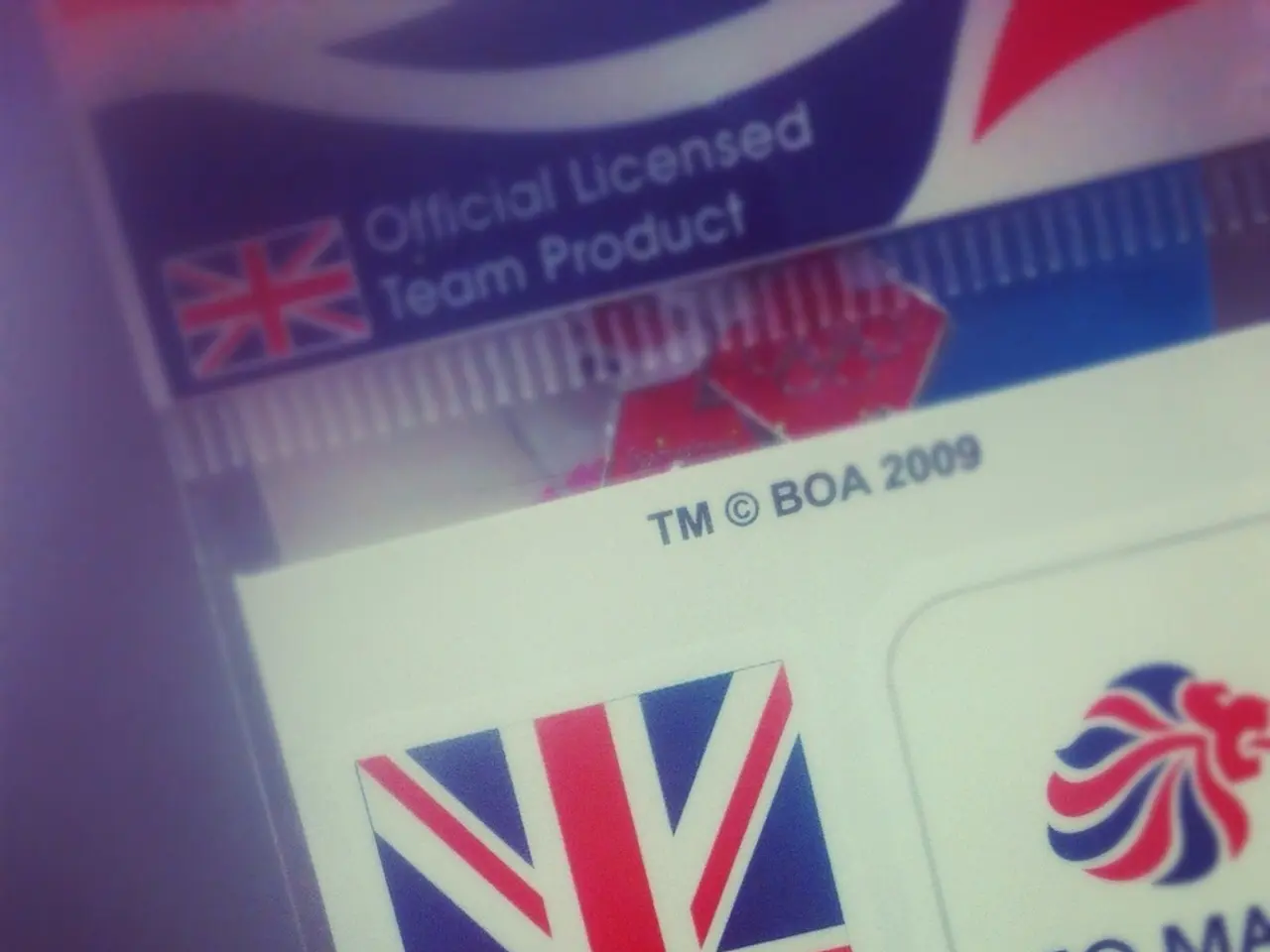Operation Beyond Sight Range (BLOS) Explained: Functioning Mechanism Revealed
Beyond Line of Sight Drone Operations: Ensuring Safety and Efficiency
Drones are increasingly being used for various commercial purposes, and one of the most significant advancements in this field is Beyond Line of Sight (BLOS) operations. This technology allows drones to fly beyond the visual range of the pilot, opening up a world of possibilities for industries such as delivery, inspection, agriculture, and emergency response.
To perform BLOS operations, drones require a robust set of capabilities and approvals. Strong connectivity and communication systems, including Remote ID and reliable data links, are essential for continuous control and identification. Detect-and-avoid technology is crucial for autonomously sensing and avoiding other aircraft and obstacles without human intervention.
FAA or relevant authority approval for the operational area is another key requirement, including defined boundaries, flight conditions (typically 0-400 feet Above Ground Level), and contingency plans such as loss-of-communication procedures. Companies or operators must obtain regulatory authorizations, such as FAA Part 108 operator permits or certificates, to fly BLOS routinely without applying for individual waivers per flight.
Integration with Unmanned Traffic Management (UTM) systems is also necessary via FAA-approved Automated Data Service Providers (ADSPs) to ensure safe separation in shared airspace. Compliance with security and cybersecurity mandates, including threat assessments and safeguards to protect sensitive drone operations, is also crucial.
Aircraft standards compliance, including lighting requirements and weight limits (up to about 1,320 lbs) based on consensus standards rather than traditional airworthiness certificates, is another essential aspect. Only enterprise-level or government-authorized drones with these capabilities and approvals can conduct BLOS flights; hobby drones are not permitted to do so under current regulations.
Command and Control (C2) links transmit flight commands and receive data in real-time during BLOS operations. GNSS & Navigation Tools, including high-precision GPS and autonomous flight software, guide the drone along pre-programmed routes during BLOS operations.
The drone captures thermal and visual data along the route, which is controlled from the central operations room. Remote Pilot Stations allow pilots to operate the drone from control centers, viewing live data and video feeds for situational awareness.
Jacob Stoner, CEO of Flyeye.io, is a licensed commercial drone operator in Canada and frequently conducts drone inspections. One example of BLOS operations is the utility company using a long-range drone for inspecting a transmission line across mountains, where access is limited.
BLOS significantly increases a drone's operational range, allowing flights miles away from the pilot. Key use cases of BLOS include drone delivery, infrastructure inspection, search and rescue, and agricultural surveys.
In summary, successful BLOS drone operations require robust autonomous systems, regulatory authorization for operators and operational areas, integration into traffic management, and strict security controls as mandated by aviation authorities such as the FAA or CAA. The regulatory frameworks aim to ensure safe, scalable, and secure operations beyond the visual range of the pilot.
- The detect-and-avoid technology, essential for safely navigating drones during Beyond Line of Sight (BLOS) operations, allows for autonomous sensing and avoidance of other aircraft and obstacles.
- To conduct BLOS operations, companies or operators must comply with regulatory mandates, such as FAA Part 108 operator permits or certificates, integration with Unmanned Traffic Management (UTM) systems, and adherence to cybersecurity standards to protect sensitive drone operations.




